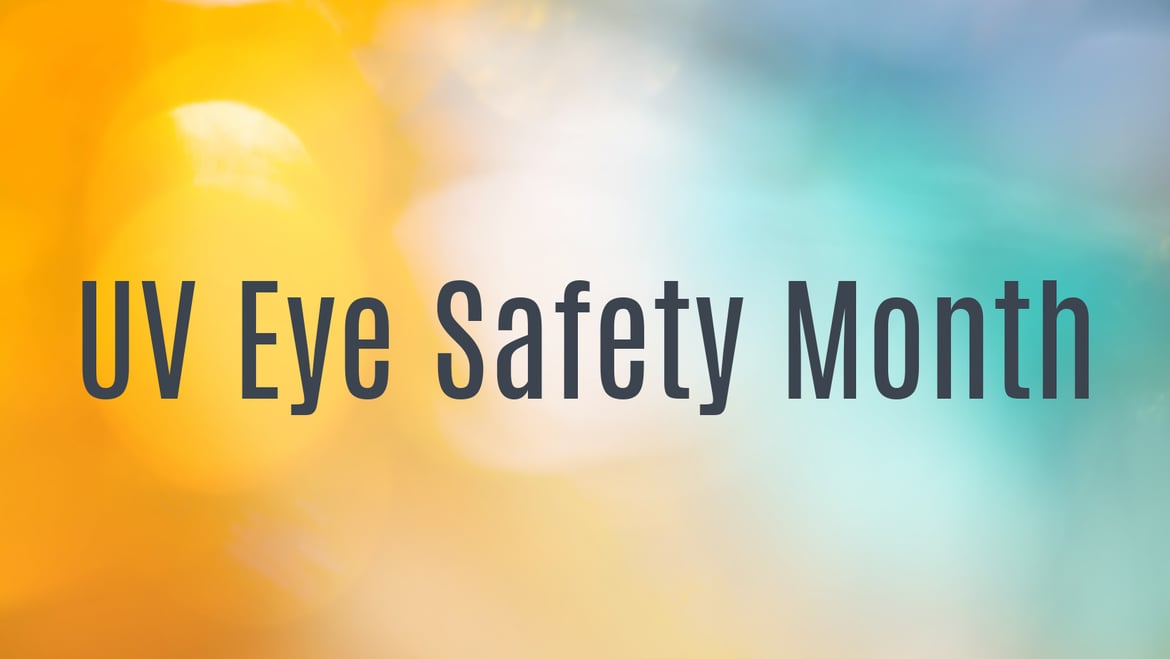
July is UV Eye Safety Month
Did you know that your eyes are similar to your skin in that they can get sunburned? Not only that, they can develop cancer from long-term exposure to bright sunlight. While most of us wouldn’t dream of a day at the beach or pool without sunscreen, many of us leave our eyes fully exposed to the sun’s harmful rays.
Knowing about UV eye risks and how to protect your eyes is a vital part of good health. Find out what’s required to protect your eyes from UV exposure year-round.
Problems Caused by UV Exposure
Photokeratitis is a “sunburn” of the eye. It can happen in just one day filled with UV eye exposure, like you would experience at the beach or on the ski slopes.
Photokeratitis symptoms include intense pain, light sensitivity, and the sensation of a foreign body in the eye. Symptoms may not appear for up to 12 hours after the UV exposure. Treatment is similar to that for a corneal abrasion, and may include ointment, antibiotic drops, artificial tears, and oral painkillers. It usually heals within two to three days.
Long-term complications from UV exposure include the development of cataracts, macular degeneration, and eye cancer.
Other Sources of Damaging UV Rays
The sun isn’t the only source of damaging UV rays. Welding arcs, germicidal UV lamps, lasers, sun lamps, tanning beds, and even halogen lamps can expose your eyes to dangerous levels of UV radiation.
Sunglasses Basics
Many of us see sunglasses as fun accessories—and they are—but the wrong kind of shades will do little to keep your eyes safe. For instance, pink or other pastel colored lenses might look cool, but they won’t protect your eyes from the sun.
Shades don’t have to be expensive to provide adequate eye protection. And contrary to popular belief, extra-dark lenses don’t necessarily offer more eye protection.
In southern states like Tennessee, sun exposure is a year-round concern. Always wear sunglasses when you’re out and about—and insist that your children wear them, too. A lifetime of cumulative damage puts them at risk of developing serious eye disease as an adult.
Choose sunglasses that meet the following criteria:
- Have a label that says, “100% protection against UV and UVB rays.”
- Screen out 75 to 90 percent of visible light.
- Have curved lenses. This will protect your eyes from rays sneaking in along the sides.
- Have lenses free from distortion and perfectly matched in color.
Other UV Eye Protection Tips
Fortunately, serious UV eye exposure is not inevitable. There are several ways to protect your precious sight, including:
- Wearing a hat. Wide-brimmed hats not only make it easier to see by shielding your eyes from bright sunshine, they do a great job of protecting your eyes and your face from harmful UV and UVB rays. Wear one anytime you’re outdoors for more than a few minutes, whether you’re watching a ball game or mowing the lawn.
- Using protective eyewear. If you are a welder or have another job that exposes you to extreme light levels, always wear UV absorbing eye protection.
- Staying indoors between 10 a.m. and 2 p.m, when UV exposure is higher.
- Wearing UV-blocking contacts.
- Having regular eye exams to track any UV eye damage.
We’re here to help you with any eye problems you encounter. Call or text us at (423) 855-8522 to make an appointment with Dr. Matzkin or Dr. Herron, your Chattanooga eye care experts.

